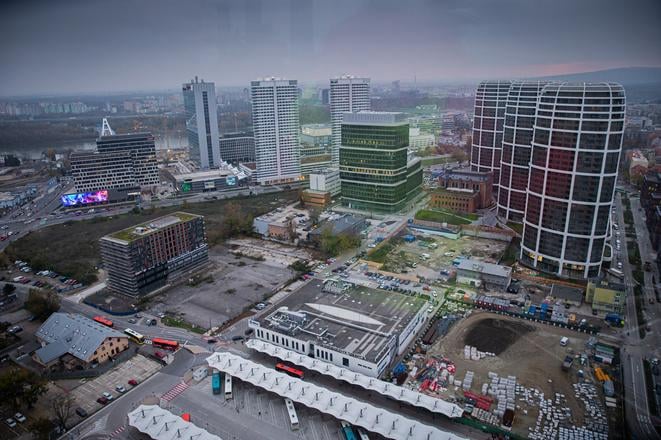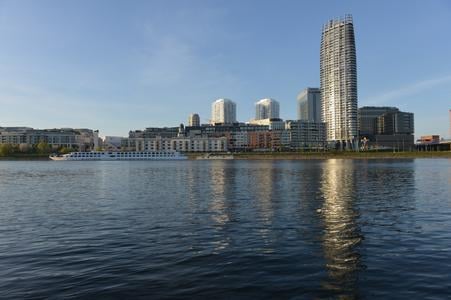Covering an area of 368 square kilometres and with a low urban density, Bratislava is an example of a sprawling city. But with urban sprawl widely seen as an inefficient use of space and something that should be avoided, urban planners and developers have begun to focus on the redevelopment of brownfield locations within the city’s built-up areas.
These, though, are very often former industrial premises with long-term environmental burdens, sometimes in the form of high concentrations of dangerous chemicals in the land they stand on. Before any new commercial or residential project can be developed this pollution needs to be dealt with.
This is usually done by the developers behind the project.
“Most investors currently developing new projects in areas with environmental burdens assume responsibility for the remediation of the land on which they want to build and therefore factor in additional costs for the removal of pollution,” Ján Chovanec, CEO of the Waste Industry Association, told The Slovak Spectator, adding that this was also the case with construction in Bratislava’s new downtown area.
Brownfields with environmental burdens
The Metropolitan Institute of Bratislava (MIB) has identified 113 brownfield sites in Bratislava, covering 580 hectares. (For comparison, the whole of one city borough, Lamač, covers 654 hectares.) Of these sites, 15 have registered environmental burdens – but they cover 192 hectares, approximately one third of all brownfields.
“Due to the industrial past of the capital, which was a manufacturing metropolis at the beginning of the 20th century, the city has a relatively big problem with environmental burdens in its built-up areas,” Magda Ďurdíková of the MIB told The Slovak Spectator. “Food, chemical, consumer goods, oil refining and other industries were abundantly represented in Bratislava.”
These brownfields are located in the wider city centre near the Nivy district – where a new downtown district has been growing – as well as in Petržalka and Nové Mesto.
Up to half of the brownfields are privately owned, so unless the state decides otherwise, the owners will also be responsible for the removal of environmental burdens, the MIB says.
Developers already get some compensation in the form of a higher floor area index, which is one of the key regulations of the city’s zoning plan. This enables them to make greater use of each plot.
“It specifically allows the possibility of building in areas with environmental burdens, which was applied, for example, in the Chalupkova, Pribinova, and Matadorka zones,” said Jana Ilčíková of the MIB.



